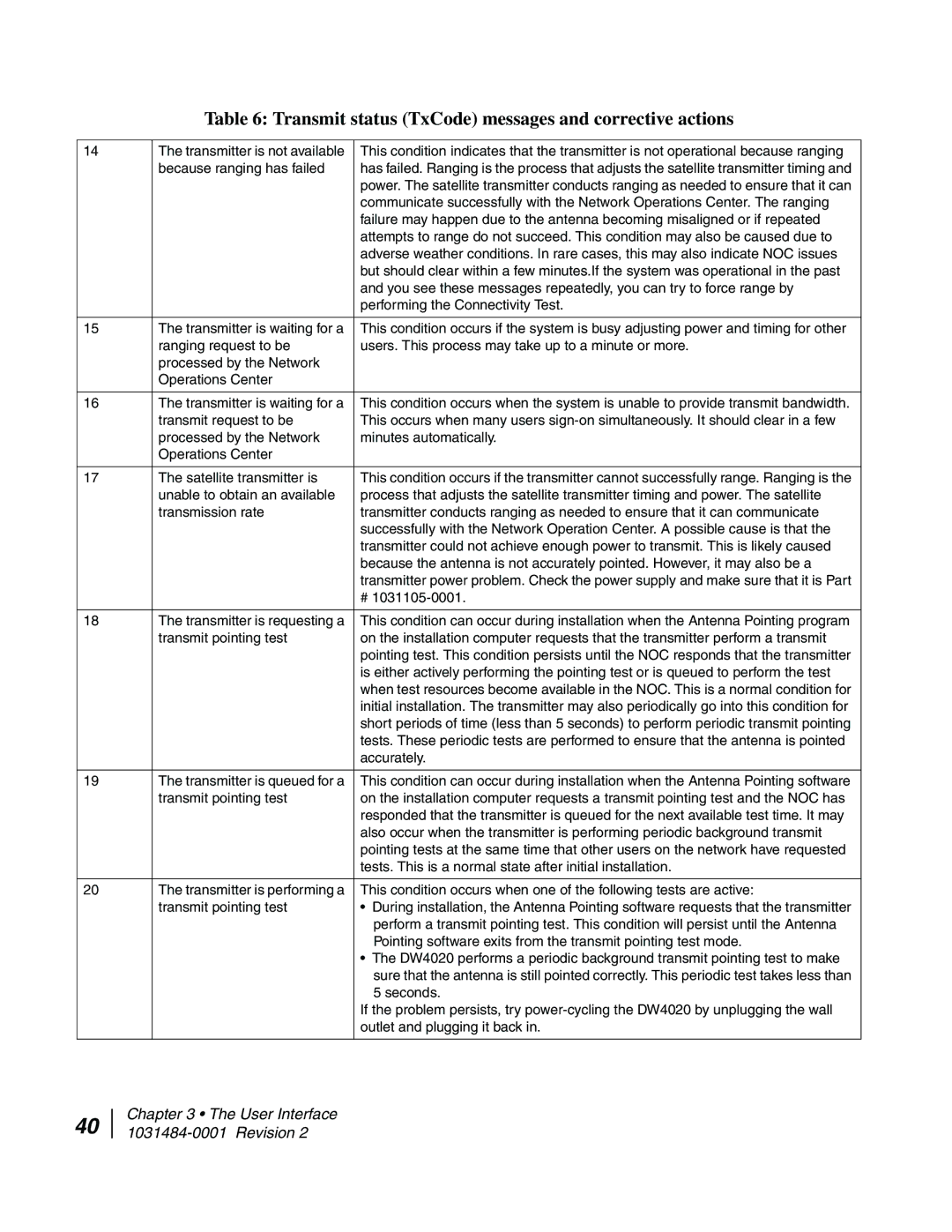Table 6: Transmit status (TxCode) messages and corrective actions
14 | The transmitter is not available | This condition indicates that the transmitter is not operational because ranging |
| because ranging has failed | has failed. Ranging is the process that adjusts the satellite transmitter timing and |
|
| power. The satellite transmitter conducts ranging as needed to ensure that it can |
|
| communicate successfully with the Network Operations Center. The ranging |
|
| failure may happen due to the antenna becoming misaligned or if repeated |
|
| attempts to range do not succeed. This condition may also be caused due to |
|
| adverse weather conditions. In rare cases, this may also indicate NOC issues |
|
| but should clear within a few minutes.If the system was operational in the past |
|
| and you see these messages repeatedly, you can try to force range by |
|
| performing the Connectivity Test. |
|
|
|
15 | The transmitter is waiting for a | This condition occurs if the system is busy adjusting power and timing for other |
| ranging request to be | users. This process may take up to a minute or more. |
| processed by the Network |
|
| Operations Center |
|
|
|
|
16 | The transmitter is waiting for a | This condition occurs when the system is unable to provide transmit bandwidth. |
| transmit request to be | This occurs when many users |
| processed by the Network | minutes automatically. |
| Operations Center |
|
|
|
|
17 | The satellite transmitter is | This condition occurs if the transmitter cannot successfully range. Ranging is the |
| unable to obtain an available | process that adjusts the satellite transmitter timing and power. The satellite |
| transmission rate | transmitter conducts ranging as needed to ensure that it can communicate |
|
| successfully with the Network Operation Center. A possible cause is that the |
|
| transmitter could not achieve enough power to transmit. This is likely caused |
|
| because the antenna is not accurately pointed. However, it may also be a |
|
| transmitter power problem. Check the power supply and make sure that it is Part |
|
| # |
|
|
|
18 | The transmitter is requesting a | This condition can occur during installation when the Antenna Pointing program |
| transmit pointing test | on the installation computer requests that the transmitter perform a transmit |
|
| pointing test. This condition persists until the NOC responds that the transmitter |
|
| is either actively performing the pointing test or is queued to perform the test |
|
| when test resources become available in the NOC. This is a normal condition for |
|
| initial installation. The transmitter may also periodically go into this condition for |
|
| short periods of time (less than 5 seconds) to perform periodic transmit pointing |
|
| tests. These periodic tests are performed to ensure that the antenna is pointed |
|
| accurately. |
|
|
|
19 | The transmitter is queued for a | This condition can occur during installation when the Antenna Pointing software |
| transmit pointing test | on the installation computer requests a transmit pointing test and the NOC has |
|
| responded that the transmitter is queued for the next available test time. It may |
|
| also occur when the transmitter is performing periodic background transmit |
|
| pointing tests at the same time that other users on the network have requested |
|
| tests. This is a normal state after initial installation. |
|
|
|
20 | The transmitter is performing a | This condition occurs when one of the following tests are active: |
| transmit pointing test | • During installation, the Antenna Pointing software requests that the transmitter |
|
| perform a transmit pointing test. This condition will persist until the Antenna |
|
| Pointing software exits from the transmit pointing test mode. |
|
| • The DW4020 performs a periodic background transmit pointing test to make |
|
| sure that the antenna is still pointed correctly. This periodic test takes less than |
|
| 5 seconds. |
|
| If the problem persists, try |
|
| outlet and plugging it back in. |
|
|
|
40
Chapter 3 • The User Interface
